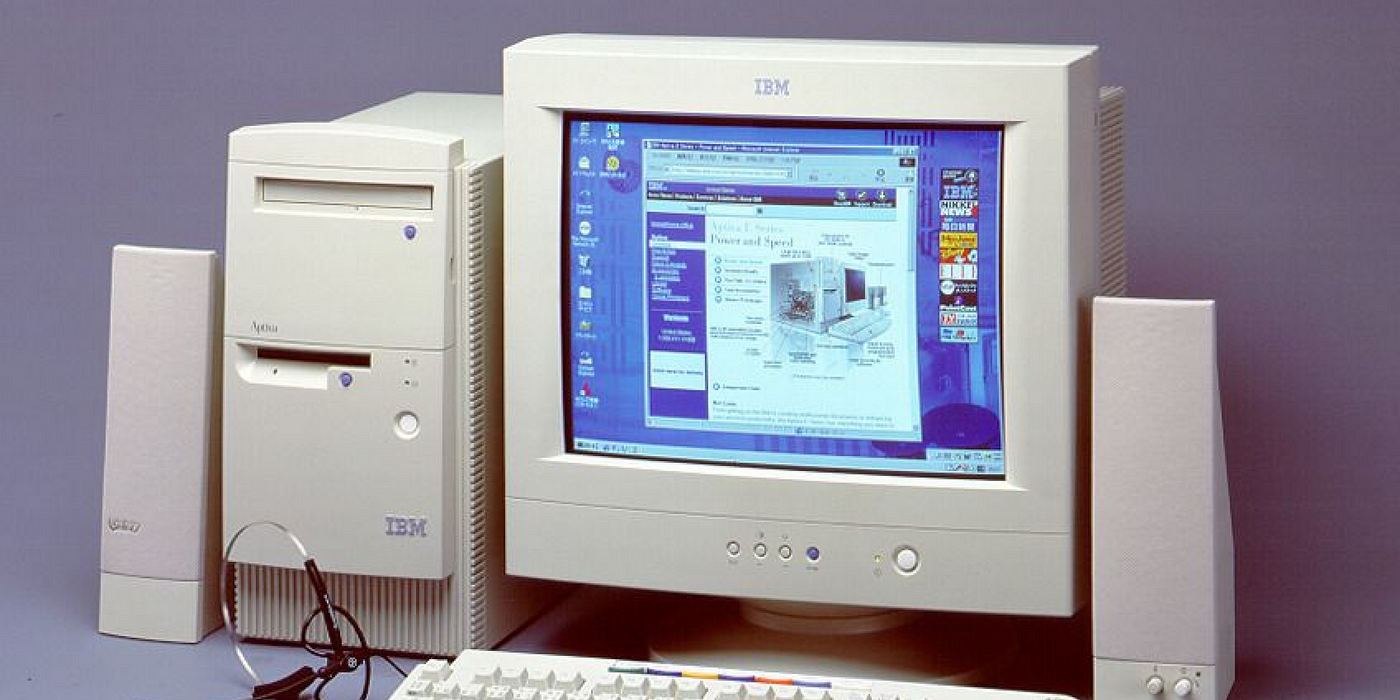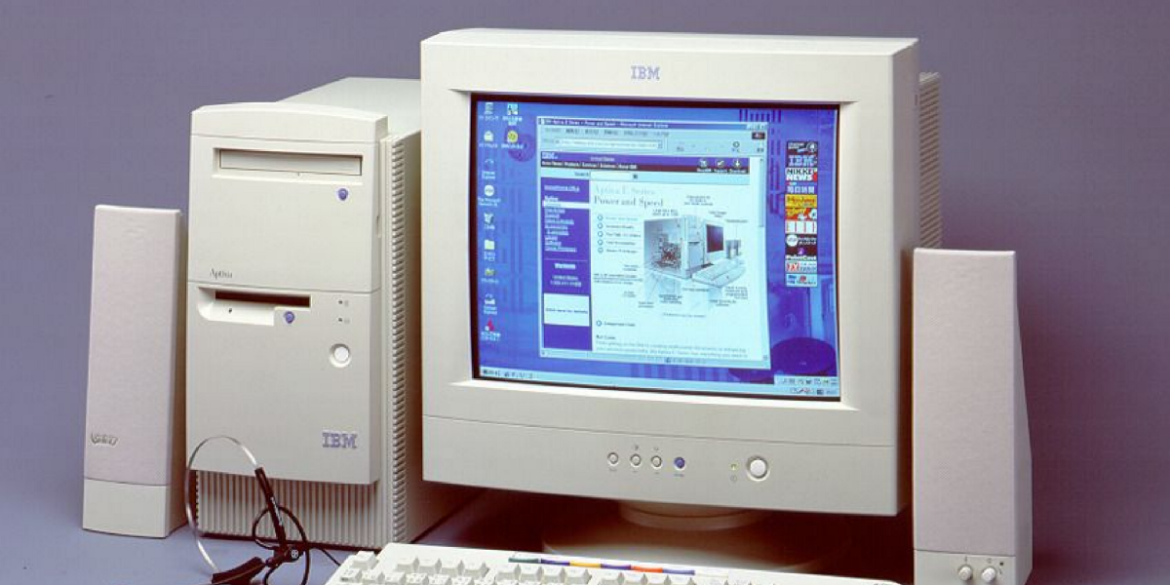Originally published on Mirror.

In 2013, media & technology analyst Benedict Evans presented “Mobile is eating the world,” looking at how the unprecedented scale of mobile was beginning to change the Internet and the economy at large. At the time, 56% of American adults owned a smartphone (compare that to over 85% today). It was impossible to imagine what was to come in the next decade; as I wrote in an earlier piece, technological innovations often emerge when it seems we need them least.
Evans’ thinking was prescient. He knew that with each wave of tech (railways, software, mobile… dare I say, web3) comes new businesses. And so it came as no surprise when we saw the rise of mobile-native innovations beginning right around the time Evans gave his presentation: Uber in 2009, Snap in 2011, Lyft in 2012, DoorDash in 2013… the list goes on.
Mobile was a platform shift — a paradigm shift in how the Internet worked. It increased scale and consumer sophistication, making applications 10x easier to use. Unlike desktop computers, phones were… personal. You could take them anywhere, access them without friction, and do just about anything: make a call, take a photo, find a location, submit a payment, listen to a song, or browse an app store. Smartphones were inherently social, too, unlike the desktop web. Apps could tap into a smartphone’s address book for a ready-made social graph; they could import photos from a user’s camera roll, or easily grab the user’s coordinates for location-based networking.
This will help put it into perspective: in 1999, 80 billion consumer photos were taken on film. In 2014 — just in that year alone — 800 billion photos were shared on social networks. Suddenly, everyone was a photographer. Smartphones represented a new generation of computing. But they also represented a new generation of users: the birth of the casual user, where anybody could be a part.
Today, web3 is largely web-native. There are almost no widely used mobile-native web3 apps. As Packy McCormick writes, “If web3 is going to be as big as the Internet, which has 4.66 billion users, it’s only penetrated less than 1% of the market.” I believe, if we are to get there, we will first see the emergence of mobile-native web3 applications to shepherd in the casual consumer.
So what mobile-native web3 user experiences might come about? My guess is as good as anyone’s, but a few that come to mind include:
- Geolocated NFTs, like Mirage or Dropverse. I expect to see the birth of new location-based social graphs here, almost like a Zenly for NFTs. Superlocal is working on an interesting version of this.
- Augmented reality web3 games, like Jadu.
- On that note, anything involving augmented reality and NFTs (I envision a world where we bring our NFTs into videos on Snapchat, TikTok, and Instagram… something like this giant sexy Shrek trend. But please don’t quote me on that).
- Social web3 wallets, like Genesis or Family.
- Highly visual “loot bags” and galleries for your NFTs, like Surreal and Cyber.
The biggest obstacle for web3 mobile will be Google and Apple continuing to rent-seek any in-app transactions that happen on mobile-native platforms. I see signs of Apple opening up here (a little!) but the landscape is continuing to evolve. (Note: It’s also precisely why I’m excited about something like ethOS, which aims to be the first native mobile operating system for Ethereum: permissionless by design with decentralized browsing, a dApp store, and robust wallet support. I try to watch this project closely and I recommend you read the whitepaper here. Perhaps more on this in another piece.)
My favorite takeaway from Evans’ presentation is that when tech is fully adopted, it disappears. You can test this theory with just about any technological innovation. Below, I tested it with the words railroads, computer, software, and mobile, looking up the frequencies of each word in the Google Books corpus from 1900 until today:
You can see each word undergoes some form of a bell curve, with interest peaking at a certain moment in time and then dropping from there. At a certain point, the word essentially… disappears. Evans is right. Now, when we test the theory with the words web3 and crypto from 2018 until today*:*
There’s a long way to go until we get to any semblance of a bell curve like the ones we see in the graph above. We aren’t anywhere near full adoption. I believe mobile-native applications will help to get us there.
If you are building in the space or thinking about what the future of web3 mobile might look like, I’d love to chat. As always, my DMs are open.

